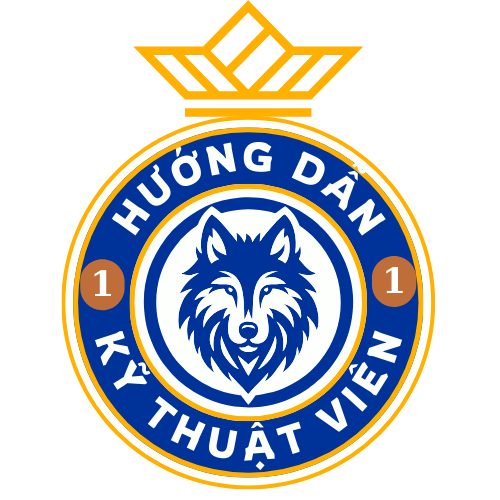The International 10-Dance category epitomize the pinnacle of technical versatility within DanceSport, demanding mastery of all ten International Standard and Latin dances. This grueling format combines the refined precision of Standard with the dynamic energy of Latin, testing competitors’ physical endurance, technical adaptability, and artistic consistency[1][2][4].
## Historical Evolution and Competitive Framework https://ten-dance.com/
### Defining Ten Dance
Per global DanceSport regulations, International 10-Dance includes Waltz, Tango, Viennese Waltz, Foxtrot, Quickstep paired with Cha-cha, Samba, Rumba, Paso Doble, Jive, performed within one unified competition[1][3][4]. Unlike style-specific divisions, 10-dance competitors are required to exhibit balanced mastery in contrasting techniques, a feat achieved by only 3.3% of elite dancers[1][6].
The category’s inception originate from global regulatory initiatives of organizations like international DanceSport authorities, pioneering the first World 10 Dance Championships in 1978. Initial dominance by UK pairs, as evidenced by eight consecutive world titles from 1978-1985[3].
### Competition Logistics and Challenges
Ten Dance events operate under distinct temporal demands:
– Back-to-back discipline switching: Competitors transition from structured ballroom techniques to uninhibited Latin expressions during single-day sessions[1][2].
– Attire and mindset shifts: Rapid transformations formal Standard wear to Latin’s revealing outfits compound performance pressures[1][6].
– Judging criteria: Mechanical accuracy, musical interpretation, and cross-style cohesion influence results[4][6].
Analysis of major tournaments reveals Germany’s contemporary dominance, as demonstrated by multiple World Championships between 1987-1998[3]. North American breakthroughs occurred via as four-time champions (1999-2002)[3].
## Technical and Training Complexities
### Dual-Style Mastery
Mastering Ten Dance requires:
– Contrasting biomechanics: Standard’s upright posture versus Latin’s Cuban motion[4][6].
– Contradictory musical interpretations: Standard’s flowing rhythms against Latin’s staccato accents[2][6].
– Mental recalibration: Transitioning between Foxtrot’s smooth progression Latin’s theatrical intensity mid-competition[1][6].
Training regimens demand:
– Extended rehearsal time: Rigorous scheduling to maintain dual-technique competence[1][6].
– Multi-disciplinary instructors: Dedicated style experts frequently coordinate through integrated curricula[6].
– Complementary conditioning: Classical dance foundations alongside athletic endurance work[1].
### Statistical Realities
Competitive analytics demonstrate:
– Participant drop-off: Nearly three-quarters of entrants abandon the category by their fifth competitive season[1].
– Scoring controversies: Over a third of judges report struggling assessing interdisciplinary consistency[6].
## Societal Influence and Evolution
### The Category’s Unique Position
Notwithstanding the inherent difficulties, Ten Dance cultivates:
– Holistic dancers: Athletes like Canada’s Alain Doucet embody technical universality[3][6].
– Interdisciplinary creativity: Hybrid movements created during 10-dance choreography frequently impact single-style competitions[4][6].
### Future Developments
The discipline faces:
– Dwindling competitor numbers: Peak participation figures to 78 in 2024[1][3].
– Regulatory reforms: Discussions about adding American Smooth/Rhythm dances to refresh the format[4][6].
– Digital advancements: Algorithmic scoring tools being trialed for mitigating human bias concerns[6].
## Synthesis
The 10-dance category remains both a crucible and paradox within DanceSport. While celebrating exceptional adaptability, the format jeopardizes athlete burnout through extreme requirements. As governing bodies contemplate format revisions, the essence of Ten Dance—merging technical extremes into cohesive performance—remains its defining legacy[1][3][6].
